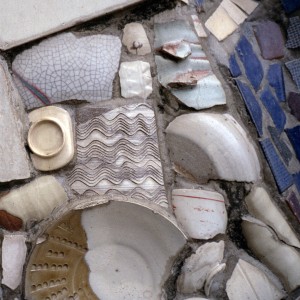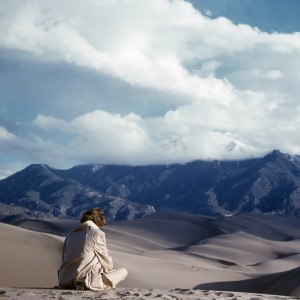
In 2010 I came to Japan to play four shows in Tokyo. Three of them were with Yui Onodera. We had just released our collaboration album Generic City, and it was also the debut release of my new label Two Acorns. A little more than one month later I moved to Japan, and by this time we had already begun working on a second collaboration album, as a continuation to our first release. In 2011, we played three more shows together, mostly playing completely new material, and piecing it together a little differently each time. However, after 2011, for different reasons, we stopped working on it, and no new shows happened. Maybe we had other things that were more pressing to come up, work was busy, or for whatever reason we didn’t continue working on it, and it was left unfinished.
In 2015, in an attempt and ongoing process of organizing files from three different computers, I came across some of the folders of our follow-up source material mixes, and live show mixes. There was never a working title, and most of the tracks were only named by numbers or single letters, so it had hidden in the vaults easily. Listening back, I remembered these tracks, and they felt fresh to me – or they brought back good memories. Maybe part of the problem before was endlessly working over and over on the tracks for so long that the feeling was blurred – but now, after some time, I can see it again. At the same time, after 5 years has passed, it’s hard to go back to something and change it, so we’ll leave it as it was on our last edit from 2011.
www.twoacorns.jp
